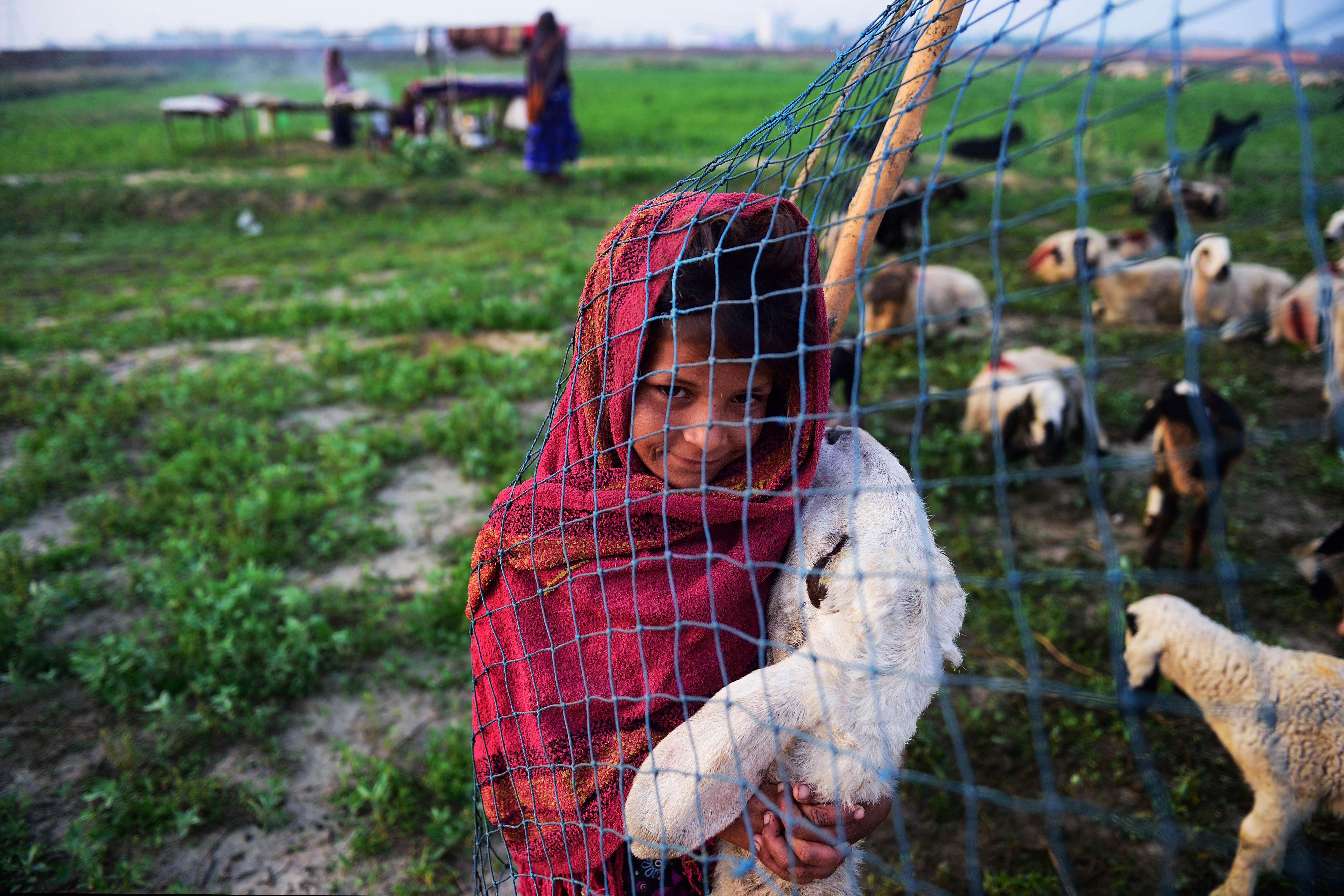An online photo submission competition emerging from the unlikeliest of places has captured international headlines, proving the power of the "selfie".
The state of Haryana, which has often been termed as one of India's most patriarchal states, has the worst sex ratio in the county - there are only 861 women for every 1,000 men. This is far below India's national average of 933 women per 1,000 men. The pace at which men outnumber women has grown so rapidly in recent years that Haryanvi men have increasingly begun to look for brides from other states such as Bihar, West Bengal and Kerala.
It, therefore, comes as a surprise that a group of elders from a village in Haryana, called Bibipur, have spearheaded a competition which celebrates the girl child. However, the village is something of a household name in the state, known for its many initiatives to improve gender equality, including a campaign that was launched in 2012 to discourage the practice of female foeticide. What is even more surprising, though, is that the competition has gained such momentum to the extent that it received entries from across the country. Since the competition's launch on June 9, more than 800 participants from all over India have submitted "selfies" with their daughters, using the messaging app WhatsApp to send in their photos to Mr Sunil Jaglan, the chief of Bibipur village in Haryana. The three best selfies decided by a delegation of 30 women were awarded 2,100 rupees (S$44), a trophy and a certificate each, while 15 consolation prizes were also handed out.
The concept of the "selfie", which has become almost symbolic in the way it has come to define self-expression among today's millennials has, however, come under much criticism. Its facilitation of narcissism and overt displays of wealth and status have turned parts of the social media space into little more than a popularity and bragging contest. The competition has revealed the positive potential of the selfie, using it as a tool to celebrate the girl child and accordingly shift societal perceptions about what it means to have a daughter in India. The reflective power of the images presents an opportunity to see aspects of our own humanity, including the beauty of the parent-daughter bond, that are often overlooked.
This is hardly the first time that selfies have been used in campaigns to raise awareness of social issues. Famous examples include the #NoMakeUp selfie, which featured women posting photos of themselves without make-up in the aim of raising awareness of cancer, and the #WakeUpCall selfie, showing celebrities just as they were waking up, which was set up by the United Nations Children's Fund in support of the Syria Emergency Fund. It may seem as if the competition is simply jumping on the bandwagon of the selfie craze, relying purely on the trending power of the selfie movement to generate debate in the same manner that other movements have done. However, it is what these images capture and, in turn, what they represent, that make them truly unique.

Rather than shot in far-flung vacation destinations, festivals or parties promoting a glamorous and "hip" lifestyle, most of the selfies from the competition were taken in modest bedrooms and living rooms with bare walls and few belongings. Going beyond the "feel-good" factor typical of most selfies, the images that were sent in of families with their daughters present a glimpse into their everyday lives. The power of the human gaze combined with the unadulterated expression of happiness makes the selfie the perfect vehicle for celebrating the girl child.
The message that these images convey is that one does not need a certain lifestyle or grand occasion to take a great selfie, but, rather, that joy can arise from the simplest of moments, such as that of spending time with your daughter. What deepens their impact is the degree of control exercised by the subjects over their photos.
As opposed to regular photographs where photographers may impose their own narrative or agenda through the way they capture their subject, the selfies have a sense of authenticity about them. It is the spontaneity evident in these images and the initiative of the parents in taking the images themselves that make the celebration of the girl child even more powerful. The selfie competition is revealing not only of how local grassroots initiatives have been able to mobilise segments of society into creating change, but also of how the selfie phenomenon has taken off in India. Its use of WhatsApp also points to the increasing penetration of the Internet into rural India, where there remains much disconnect from the urban areas and cities, both in terms of attitudes towards social issues as well as in terms of Internet connectivity.
Up until now, the majority of social issue-based online campaigns that have gone viral in India, tackling topics as wide-ranging as Net neutrality and the education system all the way to violence against women, have been created by English-speaking, middle-class urbanites. The selfie competition marks what may be the beginning of a new age of a more connected India where rural voices are heard just as loudly and given as much attention as their urban counterparts within the online space.
•The writer is a research assistant at the Institute of South Asian Studies, National University of Singapore.
